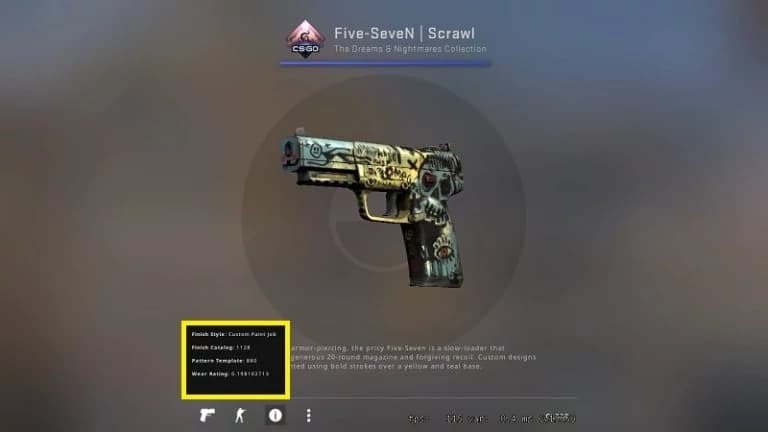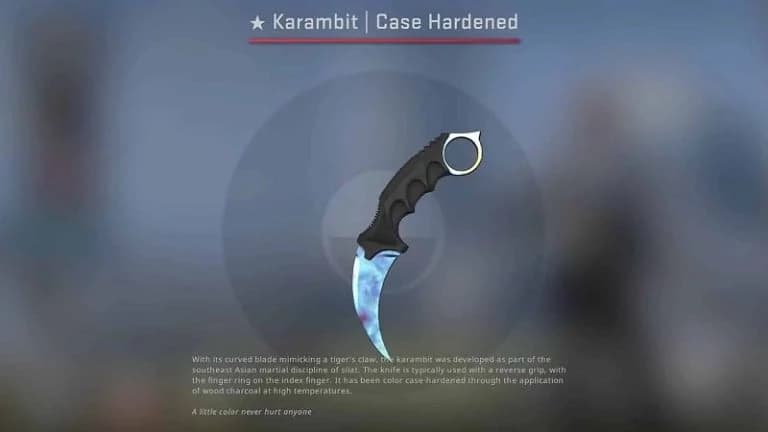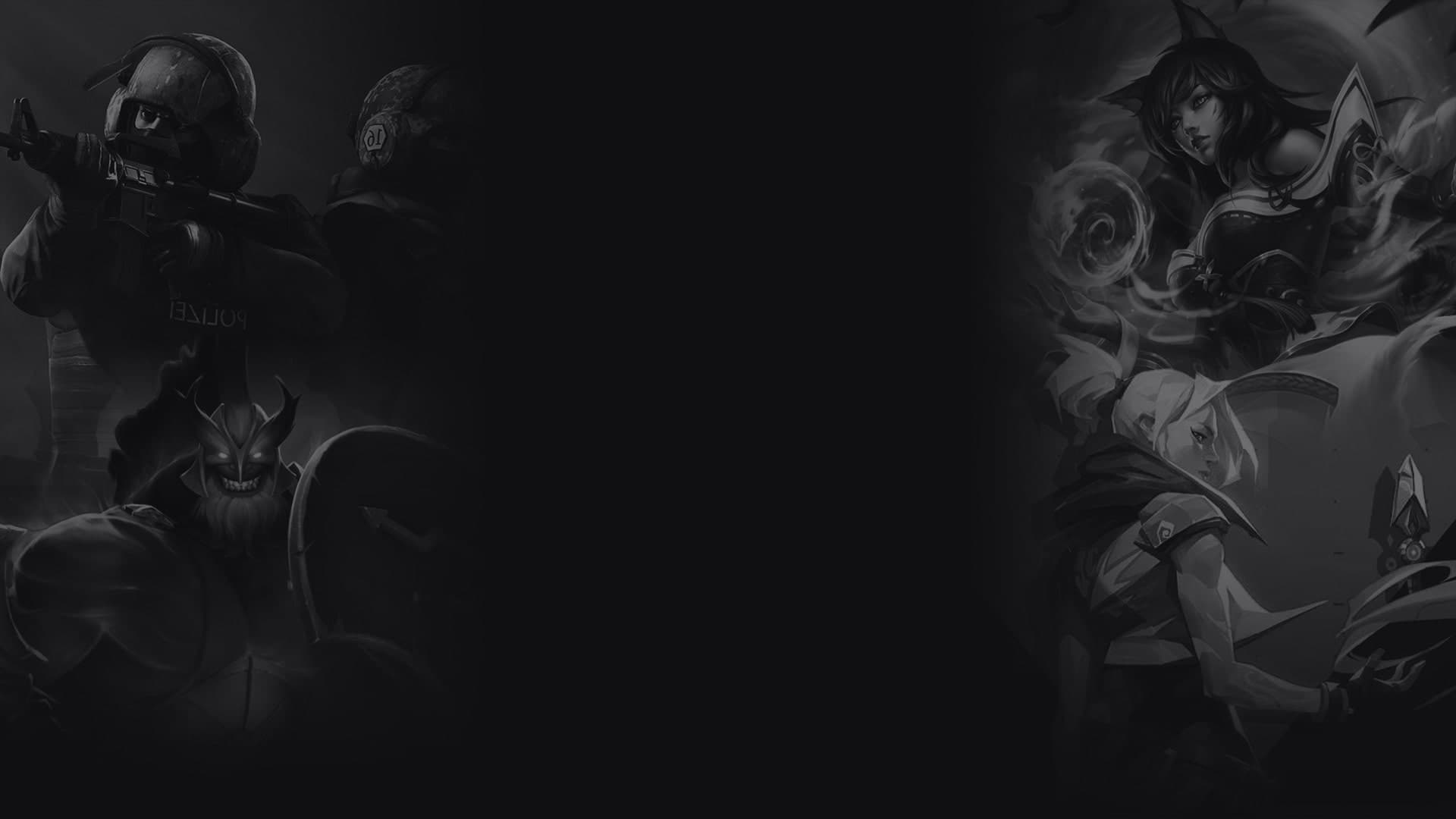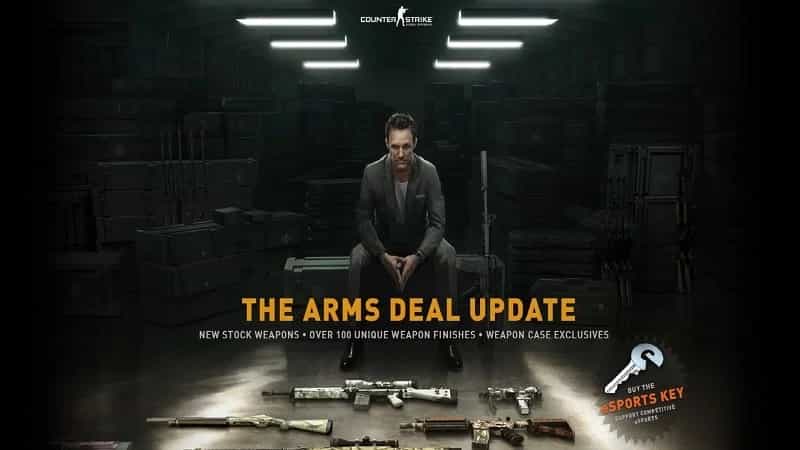Why are CSGO skins so expensive?
Skins are an essential part of the Game User Experience, and the approach for the implementation of cosmetics varies from game to game. The weapon skins in Valorant aren't just cosmetic add-ons but have VFX and SFX changes. The case implies all Riot offerings. On the other hand, most other games have skins which are cosmetics. The same goes for CSGO but compared to most cosmetics, the price tag on a CSGO skins is much higher than any other game.
CSGO skins and cosmetics:
Introduced with the Arms Deal Update of CSGO, weapons skin cases were introduced in the game. To get a skin, one can open the desired case, roll a die and get one of the skins. It is a gamble, but what sets CSGO apart is the ability to buy the skins from the Steam market. If players wish to buy a specific skin, the person can visit the steam market and purchase the skin, which is a guaranteed purchase, unlike the container.
Along with weapon skins, player insignia stickers are also part of the CSGO cosmetic offers. The ability to purchase or sell a skin on the Steam market has converted the simple cosmetic into a full-fledged market where the cosmetics in the game are as expensive as a complete system which can run the game.
How is the price of the CSGO skin decided?
The price of the skin in CSGO is directly proportional to its rarity. The rarer the skin, the costlier it is, and the harder it is to find the skin. The quality of the skin also plays a significant role in quantifying the rarity of the skin. The only way a skin enters the steam market is through case opening.

The rarity of the skin largely depends on the skin's variant and the Wear Rating of the skin. Every skin has a Wear Rating between 0.07 to 1.00. As of now, there are eight skin variants or grades they are,
- Consumer (Extremely Common)
- Industrial (Very Common)
- Mil-Spec (Common)
- Restricted (Common)
- Classified (Uncommon)
- Covert (Rare)
- Contraband (Very Rare)
- Extraordinary (Rarest)
And in each grade, there are five distinct skin categories:
- Battle-Scarred (WR 0.45 - 1.00)
- Well Worn (WR 0.38 - 0.45)
- Field Tested (WR 0.15 -0.38)
- Minimal Wear (WR 0.07 - 0.15)
- Factory New (WR 0.00 - 0.07)
The lower the Wear Rating, the rarer the skin, so an extraordinary factory-new skin is the rarest and hence valued higher than others. There is a much higher value for discontinued skins that players can't obtain from case openings. One such, e.g. is the Howl which was redesigned over a copyright issue.
Now since there is an open market, A skin which is rarer and high in demand will be priced higher than the skins which aren't, for, e.g. dragon lore can go anywhere from $10K to $100K+. Their value will only increase if people don't open cases and add more dragon lores to the market.

One of the rarest and most expensive skins is the Factory New Case Hardened Karambit, where the holder turned down an offer for $1.3 M for the skin.
Problems and issues because of the Skin Market:
While the skins aren't much of a problem, the open CSGO market has led to many scammers. Websites claiming guaranteed skins or increased chances at rare skins are common in the CSGO community. One such scam was TmarTn's rigged website which he advertised without disclosing his ownership. Many such websites still exist today, and people still fall for them.
Skins are still one of the best ways to elevate the UX, and there are always pros/cons of the skin systems implemented by Valve and those by Riots. While they aren't essential, they are fun, and people will continue to invest in them despite them being unnecessary.
Credits: Valve

